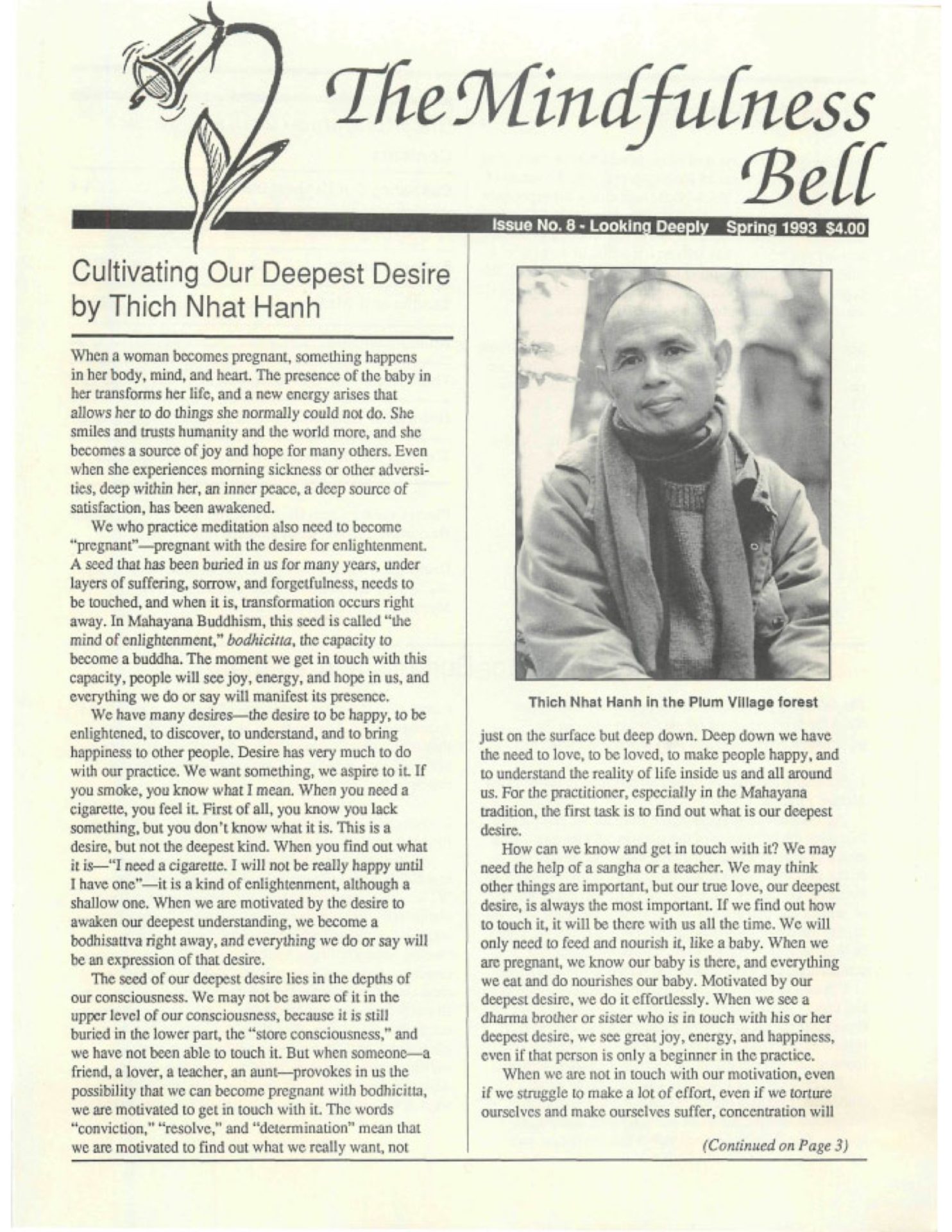By Mei Mei Evans
In the Northern rainforest, enormous spruce trees hung with moss surrounded the eighteen of us gathered for a ten-day “Buddhism and Deep Ecology” retreat led by Christopher Reed and Michele Benzamin-Masuda. New mushrooms and fungi appeared daily, some so orange and iridescent as to be startling. Our zendo was a pavilion of two-by-four posts, overspread by a giant tarp. The sides were wondrously open to the elements. It was not easy to sit comfortably on tree roots and uneven earth.
By Mei Mei Evans
In the Northern rainforest, enormous spruce trees hung with moss surrounded the eighteen of us gathered for a ten-day "Buddhism and Deep Ecology" retreat led by Christopher Reed and Michele Benzamin-Masuda. New mushrooms and fungi appeared daily, some so orange and iridescent as to be startling. Our zendo was a pavilion of two-by-four posts, overspread by a giant tarp. The sides were wondrously open to the elements. It was not easy to sit comfortably on tree roots and uneven earth. By the end of the retreat, each of us had memorized the high and low spots of our gathering place. Despite the challenge of finding level ground, sitting directly on the earth facilitated the deep connectedness to the natural world we were seeking.
Each day, it seemed, we received and, in turn, were received by, more of our surroundings. The forest embraced us as we embraced it—some of us literally touching the bark, the branches, the needles, and feeling touched in return. We ate our meals nestled at the base of these tremendous creatures, our backs against their bark-clad trunks. We slept beneath their canopy, cradled in their roots.
Eagles were nesting within 200 feet of our zendo. The young eaglet's periodic screeks, as well as the thunder of the calving glacier across the channel, served as our mindfulness bells. And the forest itself—from spruce cone, to seedling, to young tree, to mature spruce, to toppled giant, to iridescent mushroom growing out of rotting stump—reminds us of the uninterrupted cycle of all that lives—no birth, no death, only continuation. The retreat awakened us to our interconnection, not only to the exquisite diversity of the natural world, but to one another, and by extension, to all of life. The layers of separation dissolved and we became a single organism—very much, in fact, as the world is. The retreat provided us a way to remember ourselves and our love for each other and all that lives.
Re-entry into every day life was awkward for some. I cried at the morning traffic in downtown Anchorage when I arrived home, distressed by the pollution our cars pump into the air, the isolated capsule of each vehicle with its lone driver, the dead magpie on the side of the road, its mate hovering helplessly nearby. I was happy when I saw a school of beluga whales weeks later. I hope to learn that it's not necessary for me to be in the middle of a picture-perfect scene before I can feel connected to all life and at peace within myself.
Mei Mei Evans lives in Anchorage, Alaska.

